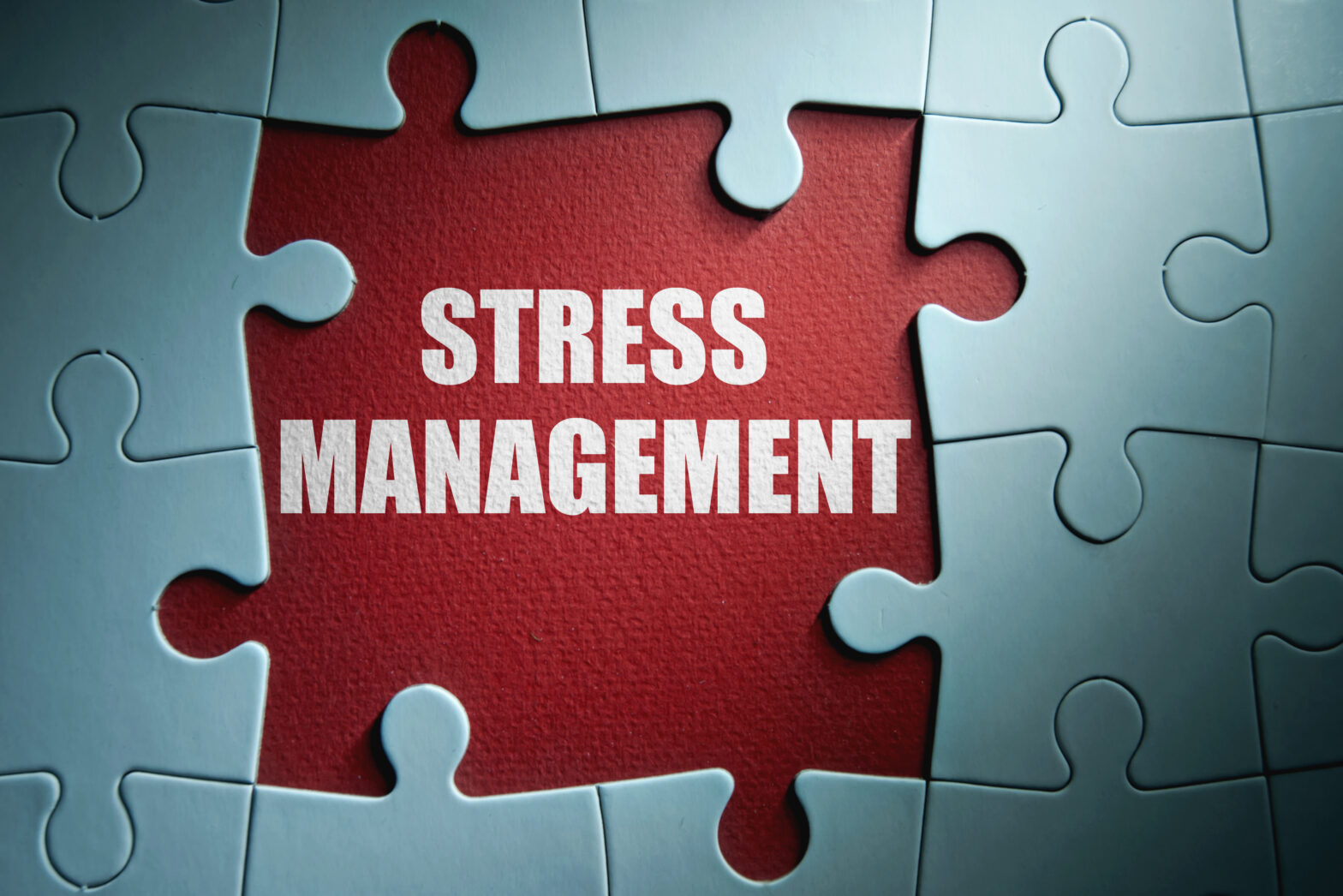In a recent speech to the CBI, Theresa May noted that the reputation of business has been bruised over the past few years. Increasing numbers of consumers have lost their trust in big corporations, and the ‘social contract’ that should exist between business and consumer has been damaged along the way.
May made it clear that she will seek to reform corporate governance, tackling thorny issues such as executive pay and accountability to shareholders, and she was right to pinpoint these as issues of concern for stakeholders. The Sports Direct, BHS and banking scandals that have taken place over the past year or so have severely hampered the public’s perception of business as a whole. Legislation to prevent similar incidences happening in the future would go a long way to bridging the growing gap between modern corporations and the general population.
However, it is imperative that businesses do not wait for these plans to be unveiled before taking steps to ensure they are as transparent and proactive in articulating their role as they can be. In fact, this approach is vital for those looking to clearly communicate their position and strengths in a clearly difficult economy. An essential place to start down this path is to examine how a business constructs its annual reports.
A growing divide
Research by Radley Yeldar into the annual reporting of FTSE 100 companies has highlighted that, while there are a few reports that are worth celebrating, there is work to be done for the UK’s biggest businesses to meet the standard May is looking for. There is a growing divide between a minority who chose to be forthcoming with where they see themselves and their role in the future, and a majority who tend more towards ‘shy reporting’ and cloudy positioning.
The ‘How Does It Stack Up?’ report – a yearly review of FTSE 100 annual reports, now in its 11th year – examined the heaviest hitters in the FTSE using sixteen criteria across four categories, including explaining and measuring performance, and effective storytelling.
Crucially, it’s not just about compliance. ‘Shy reporting’ can also affect a business’ ability to create an investment case that is both compelling and reassuring to investors. This is something that could be the difference between much-needed investment post Brexit, or a severe lack of it.
Within the top ten, it was clear to see where transparent reporting may have strengthened investment cases, with ARM – recently acquired by Japan’s SoftBank for £24 billion – taking the top spot for the first time. This acquisition illustrates the benefits of a well-constructed report, which clearly lays out the forward-looking investment case and inspires confidence in investors at a time of uncertain market opportunities. ARM’s report successfully communicated the challenges, risks and opportunities of a highly technical business, which it was able to explain in clear terms, as well as setting out a coherent strategy for the company’s growth.
As a group, those in the top ten – including Lloyd’s Banking Group and FTSE 100 newcomer Providence Financial Group, as well as long-time HDISU rankers Fresnillo, Land Securities and British Land – all clearly set out their long-term investment cases against the backdrop of the current economic environment, as well as the one they see themselves operating in in the future.
They are clear about how they measure their performance, setting out easy to understand KPIs. They articulate their business plan in a compelling way, inviting readers to imagine the future that the company will have a hand in creating. And critically, they outline the progress they’ve made against the backdrop of the current market conditions as well as the challenges they face because of them.
A report with holes in it
Quite simply, a report that fails to address key market issues such as the impact of Brexit, the issue of executive pay or the changing habits of today’s consumers is a report with holes in it – holes which others will fill in without all the facts. You can’t paint a full and accurate picture of a company’s fortunes without addressing the positives alongside the negatives. Companies who tend towards ‘shy’ reporting, and avoid mentioning the challenges they face, may think they are diverting stakeholder attention by presenting a strong and idyllic vision of their business. However, what they’re really doing is revealing the lack the confidence they have in themselves to tackle what’s ahead. Any savvy investor is sure pick up on this thinking when examining a proposal.
It’s important to recognise that best practice corporate reporting shouldn’t just be thought of an exercise for external stakeholders either. The process can often be lengthy, involving auditors, investor relations teams, corporate secretaries and board-level management, all tasked with examining and reporting on the business from the ground up.
The reporting process is an opportunity for the company to really think about how it sees itself, its role in the markets it operates in, as well as the future it wants to create for itself. Moreover, an annual report is not just about year-end results; it can also be a touch point for potential investors, financial journalists, and other stakeholders year round. By making it a mission statement and a statement of intent, you can inspire great confidence in your business and set out a clear investment case that can be revisited long after the year-end has passed.
It is not worth holding off this project until it is demanded of you by legislation. The opportunities for future growth and investment that are presented by clear and transparent reporting practices ought to be a high priority for any organisation. Commit to this now to reap the rewards into the future.
Brett Simnett is director of investor engagement at Radley Yeldar.





